Exploring the intricate world of artistic techniques and styles offers a fascinating journey into the heart of creativity. From mastering fundamental skills to discovering unique expressions, this guide delves into the essential elements that define artistry. Whether you’re an aspiring artist or a seasoned creator, understanding the principles of style and technique is crucial for developing your signature voice. This comprehensive exploration will walk you through the evolution of artistic movements, the significance of different mediums, and the characteristics that make certain works stand out. By examining the interplay between form and function, color and composition, we’ll uncover how these elements converge to create timeless masterpieces. Join us as we unravel the secrets behind some of history’s most iconic artworks, learn about the diverse techniques employed by legendary artists, and gain insights into the various styles that have shaped our cultural landscape. This guide is designed to empower you with knowledge, inspiring you to experiment, innovate, and embrace the endless possibilities of artistic expression.
Key Takeaways
- Understanding Impressionism: Capture fleeting moments with vibrant colors and broken brushstrokes, featuring artists like Claude Monet and Pierre-Auguste Renoir.
- Mastering Realism: Create lifelike representations with precise details, exemplified by artists Rembrandt van Rijn and John Constable.
- Exploring Abstract Expressionism: Unleash emotion through non-representational art, with notable works by Jackson Pollock and Mark Rothko.
- Analyzing Cubism: Transform objects into geometric shapes and explore three dimensions, as seen in the works of Pablo Picasso and Georges Braque.
- Traditional Techniques: Begin with drawing and painting, using oils, watercolors, and acrylics to create diverse expressions.
- 3D and Prints: Shape materials like clay and stone, and use printing techniques to produce etchings and screen prints.
- Digital Creativity: Utilize software tools for versatile digital art, from paintings to animations.
- Storytelling Through Film: Combine visuals and narratives in animated films and videos, created with tools like Adobe After Effects.
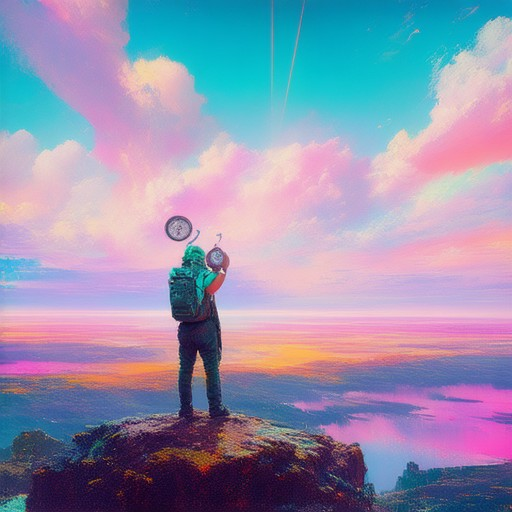
Understanding Style and Technique in Art
Art is a dynamic and expressive medium that allows creators to communicate ideas, emotions, and perspectives. Two fundamental concepts often discussed in art are style and technique . While they are interconnected, they serve distinct roles in the creation of artwork.
What is Style in Art?
Style refers to the unique way an artist approaches their work, reflecting their personality, cultural background, and artistic vision. It encompasses the overall aesthetic, composition, color palette, and subject matter that sets their work apart. For instance, the bold, vibrant colors of Henri Matisse or the intricate brushwork of John Constable are hallmarks of their respective styles.
What is Technique in Art?
Technique, on the other hand, focuses on the methods and tools an artist uses to execute their vision. It involves the mastery of materials, such as oils, watercolors, or digital software, as well as the application of paint, texture, or other media. Technique can vary widely depending on the medium and the artist’s preferences. For example, the thick impasto used by Jackson Pollock contrasts sharply with the delicate brushstrokes of Claude Monet.
Relationship Between Style and Technique
While style and technique are often discussed together, they are not interchangeable. An artist’s style emerges from their unique approach, while technique represents the skills and methods they employ. For instance, the abstract expressionist style of Mark Rothko is characterized by large, gestural brushstrokes, which are a specific technique.
Examples of Style and Technique in Practice
- Style : The minimalist, geometric works of Agnes Martin are defined by their simplicity and symmetry.
- Technique : The use of encaustic (wax-based) painting by Kiki Smith creates textured surfaces that enhance her narrative themes.
- Combined Expression : The vibrant, dynamic compositions of Joan Miró blend his fluid, gestural technique with his whimsical, surrealistic style.
By mastering both style and technique, artists can translate their visual ideas into tangible art that resonates with viewers. Whether through bold, expressive brushwork or meticulous attention to detail, these elements work together to create works that are both personal and universally appealing.
What Are Specific Artistic Techniques?
Artistic techniques encompass a wide range of methods and approaches used by artists to create visual works. Here are some of the most common and essential techniques:
-
Acrylic Painting
Known for its versatility and fast-drying properties, acrylic paint is widely used in various applications, from canvas to mixed media.
-
Oil Painting
Oil paint is renowned for its durability and ability to create rich, textured layers. It’s often used in traditional portraiture and landscape paintings.
-
Watercolor Painting
Watercolor paint is perfect for vibrant, transparent hues and works well in wet media techniques. It’s commonly used in floral and still life subjects.
-
Mixed Media
Combining different media types like oil, watercolor, and collage creates unique textures and depth in artwork. This technique allows for experimentation and personal expression.
-
Sculpture
Sculpture involves shaping three-dimensional materials like clay, marble, or resin to create forms that convey specific themes or emotions.
-
Digital Art
With advancements in technology, digital art has become a popular medium. Tools like Photoshop and Procreate allow artists to create intricate designs and manipulate images digitally.
-
Fotography
Photography captures moments in time, offering a realistic representation of scenes, people, and objects. Techniques like composition, lighting, and editing play crucial roles in producing high-quality photographs.
-
Collage
Collage combines diverse materials, such as paper, fabric, and found objects, to create layered and visually dynamic artworks. This technique encourages creativity and storytelling.
-
Calligraphy
Calligraphy is the art of beautiful handwriting. It’s often used in typography, signage, and decorative pieces, requiring precision and a steady hand.
Each of these techniques offers unique opportunities for artists to express themselves and explore different styles. Whether you prefer traditional mediums or modern tools, experimenting with these techniques can greatly enhance your artistic process and yield extraordinary results.
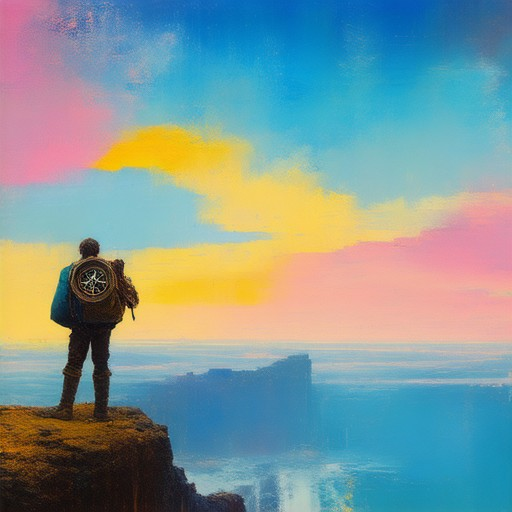
What Are the 7 Major Art Forms?
Here is a detailed breakdown of the 7 major art forms, each offering unique expressions of human creativity:
- Visual Arts
- Painting
- Sculpture
- Photography
- Drawing
- Printmaking
- The visual arts encompass a vast array of mediums that capture beauty, emotion, and stories through imagery. Artists like da Vinci and Monet have left lasting legacies in this form.
- Performing Arts
- Dance
- Theater
- Music
- Acting
- Performances bring stories and emotions to life through movement, sound, and expression. Ballet, opera, and stand-up comedy are prominent examples.
- Literary Arts
- Poetry
- Prose (Novels, Short Stories)
- Drama
- Plays
- Writers craft narratives and ideas into words, influencing thoughts and imaginations across cultures.
- Culinary Arts
- Cooking
- Baking
- Food Preparation
- The culinary arts transform ingredients into dishes that delight the senses, with chefs like Ferran Adrià pushing boundaries through innovative recipes.
- Applied Arts
- Industrial Design
- Architecture
- Interior Design
- These fields apply artistic principles to solve real-world problems, creating functional yet aesthetically pleasing objects and spaces.
- Digital Arts
- Digital Painting
- 3D Modeling
- Video Art
- Artists use technology to explore new creative avenues, blending traditional techniques with modern tools to produce unique digital works.
- Folk Arts
- Traditional Crafts
- Handicrafts
- Cultural Performances
- Folk arts preserve cultural heritage, often passed down through generations, showcasing the diversity of human traditions and customs.
Each of these art forms contributes uniquely to our collective cultural tapestry, offering endless opportunities for innovation and personal expression.
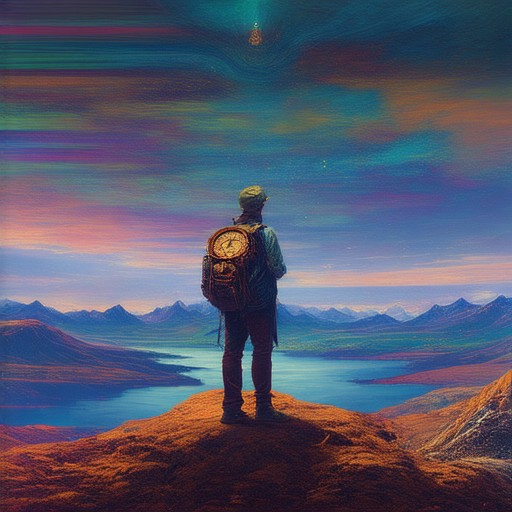
What Are the 4 Main Art Styles?
The art world is rich with diverse styles, each reflecting unique cultural, historical, and aesthetic perspectives. Below is an overview of the four most prominent art styles, each offering distinct techniques and subject matter:
- Impressionism
- Definition : A style characterized by the use of short, broken brushstrokes and vibrant colors to capture the fleeting nature of light and mood.
- Characteristics : Focuses on the impression of a scene rather than its exact details, often emphasizing movement and atmosphere.
- Key Artists : Claude Monet, Pierre-Auguste Renoir, and Mary Cassatt.
- Explore Impressionist masterpieces .
-
Realism
- Definition : A style that seeks to depict subjects with high realism, often focusing on precise detail and lifelike representations.
- Characteristics : Emphasizes accuracy in representation, often capturing everyday scenes or figures in their natural state.
- Key Artists : Rembrandt van Rijn, John Constable, and Thomas Gainsborough.
- Discover Realistic art .
-
Abstract Expressionism
- Definition : An abstract style that combines emotion, intuition, and spontaneity to create non-representational works.
- Characteristics : Often uses bold colors, gestural brushwork, and dynamic compositions to convey strong feelings.
- Key Artists : Jackson Pollock, Mark Rothko, and Willem de Kooning.
- Explore Abstract Expressionist pieces .
-
Cubism
- Definition : A style that breaks down objects into geometric shapes, emphasizing three-dimensionality and perspective.
- Characteristics : Known for its use of orthogonal lines and a sense of depth achieved through perspective.
- Key Artists : Pablo Picasso, Georges Braque, and Fernand Léger.
- Delve into Cubist art .
Each of these styles has significantly influenced art history and continues to inspire contemporary artists. By exploring these foundational movements, you can gain a deeper appreciation for the breadth of artistic expression.
How to Tell Different Art Styles
The ability to recognize different art styles lies in understanding their unique characteristics, techniques, and subject matter. Here’s a guide to identifying various art styles:
- Renaissance Art (14th–17th centuries)
- Focuses on realism, perspective, and proportional representation.
- Emphasizes classical ideals and religious themes.
- Notable artists include Leonardo da Vinci, Michelangelo, and Raphael.
- Baroque Art (late 16th–18th centuries)
- Characterized by dramatic compositions, rich colors, and grand gestures.
- Features curvilinear forms and emotional intensity.
- Notable artists include Rembrandt, Rubens, and Bernini.
- Impressionist Art (late 19th century)
- Focuses on capturing light, movement, and transient moments.
- Uses soft, diffuse brushwork and atmospheric perspective.
- Notable artists include Claude Monet, Pierre-Auguste Renoir, and Camille Pissarro.
- Cubist Art (early 20th century)
- Based on geometric shapes and linear perspectives.
- Breaks down objects into simpler forms and multiple viewpoints.
- Notable artists include Pablo Picasso, Georges Braque, and Henri Matisse.
- Abstract Expressionist Art (mid-20th century)
- Expresses emotions and abstract concepts through color and gesture.
- Focuses on the artist’s personal expression rather than representational forms.
- Notable artists include Jackson Pollock, Mark Rothko, and Willem de Kooning.
- Romanticism (late 18th–early 19th centuries)
- Emphasizes emotion, nature, and individualism.
- Often idealistic and expressive, focusing on personal feelings and experiences.
- Notable artists include Caspar David Friedrich and J.M.W. Turner.
- Surrealist Art (1920s–1940s)
- Depicts fantastical scenes and dream-like imagery.
- Combines everyday objects in unexpected ways to convey deeper meanings.
- Notable artists include Salvador Dalí, René Magritte, and Frida Kahlo.
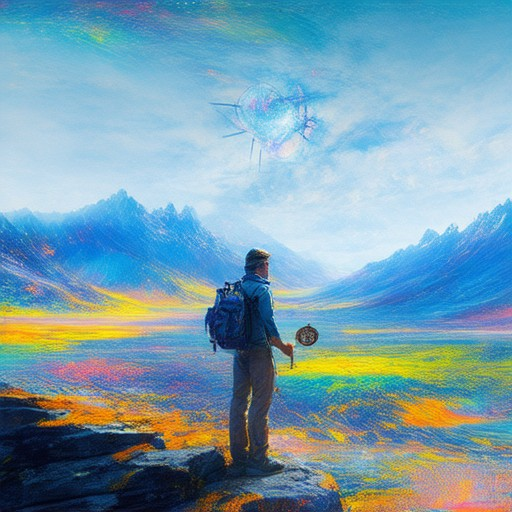
What Are 4 Methods of Art?
Here are four primary methods of art, each offering unique ways to create and express creativity:
- Drawing and Painting :
- Drawing serves as a foundational technique, allowing artists to sketch ideas before creating larger works.
- Painting involves applying paint to surfaces like canvas, wood, or metal, using brushes or other tools to convey emotions and narratives.
- Examples include oil paintings, watercolor landscapes, and acrylic portraits.
- Sculpture and Printmaking :
- Sculpture involves shaping three-dimensional materials like clay, stone, or metal to create statues, installations, or abstract forms.
- Printmaking uses printing techniques to transfer images onto surfaces, resulting in prints like etchings, lithographs, or screen prints.
- Artists like Auguste Rodin and Andy Warhol are known for their contributions to these mediums.
- Digital Art :
- With advancements in technology, digital art has become increasingly popular.
- Artists use software like Procreate, Adobe Photoshop, or Krita to create digital paintings, illustrations, or animations.
- Digital art allows for experimentation with colors, textures, and effects that might be challenging in traditional media.
- Film and Animation :
- This method combines visuals and storytelling to create moving stories.
- Animators use tools like Adobe After Effects or Blender to bring characters and scenes to life.
- Examples include feature films, short animations, and experimental videos.
These methods highlight the diverse approaches artists can take to explore their creativity and share their visions with the world. Whether traditional or modern, each art form contributes uniquely to the cultural landscape.
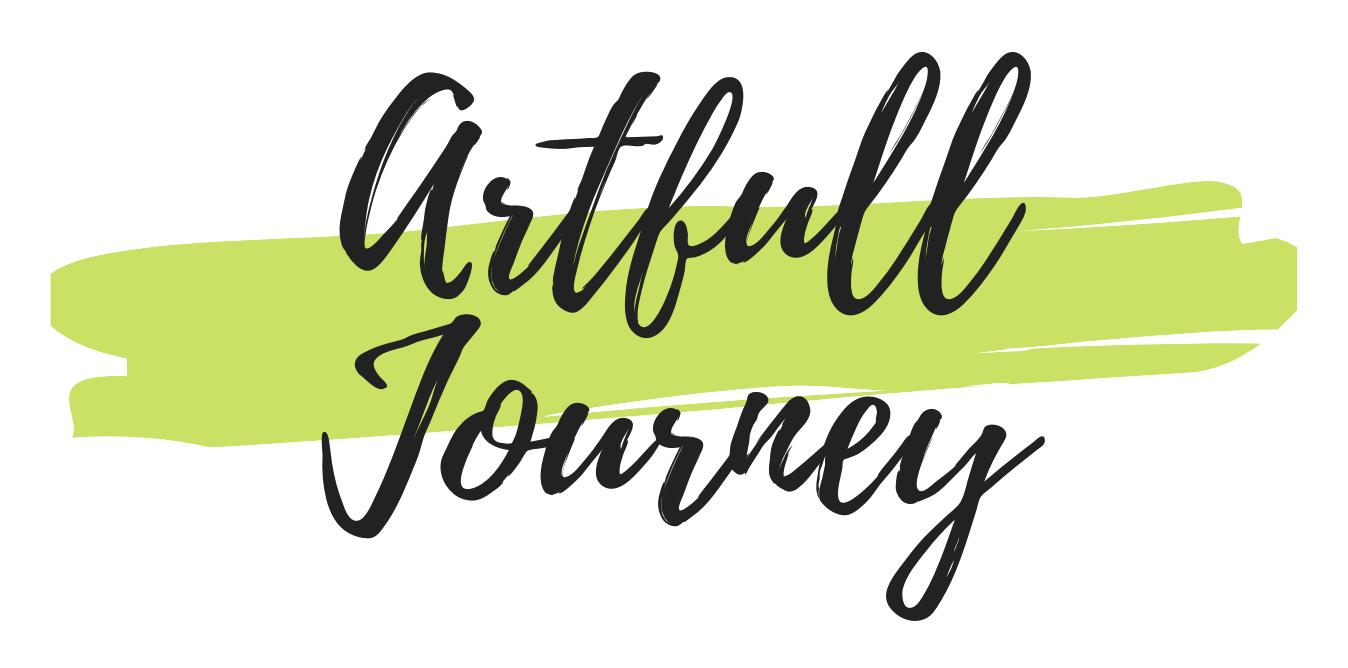



0 Comments